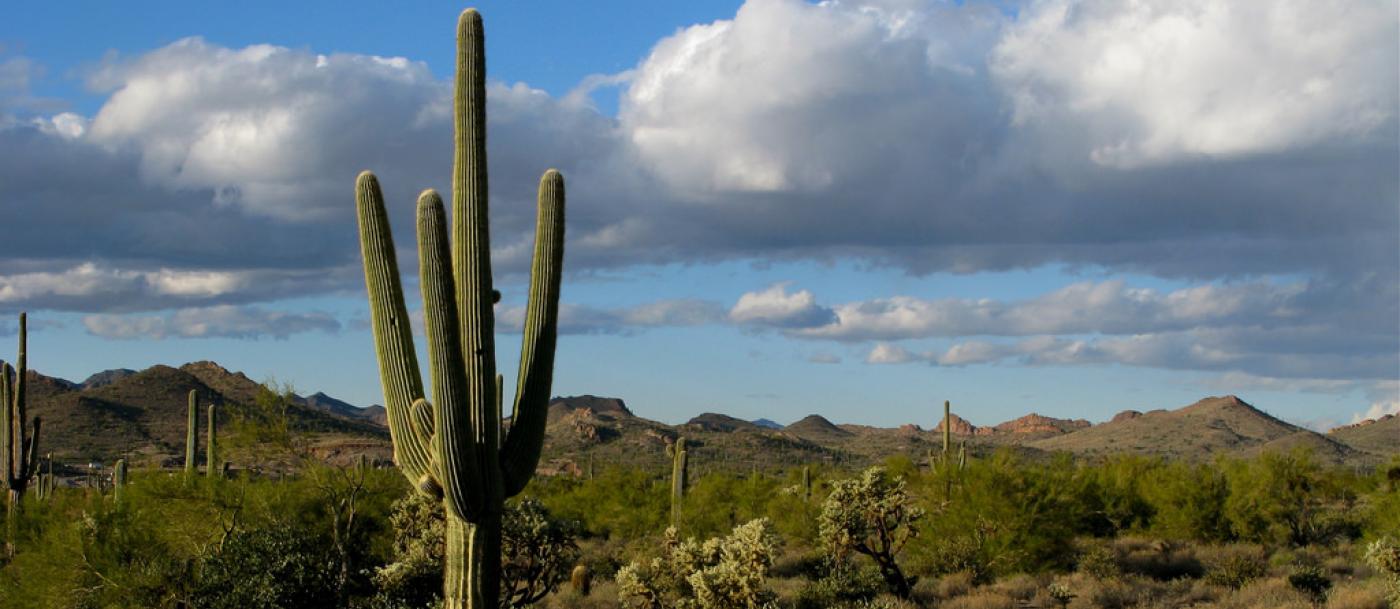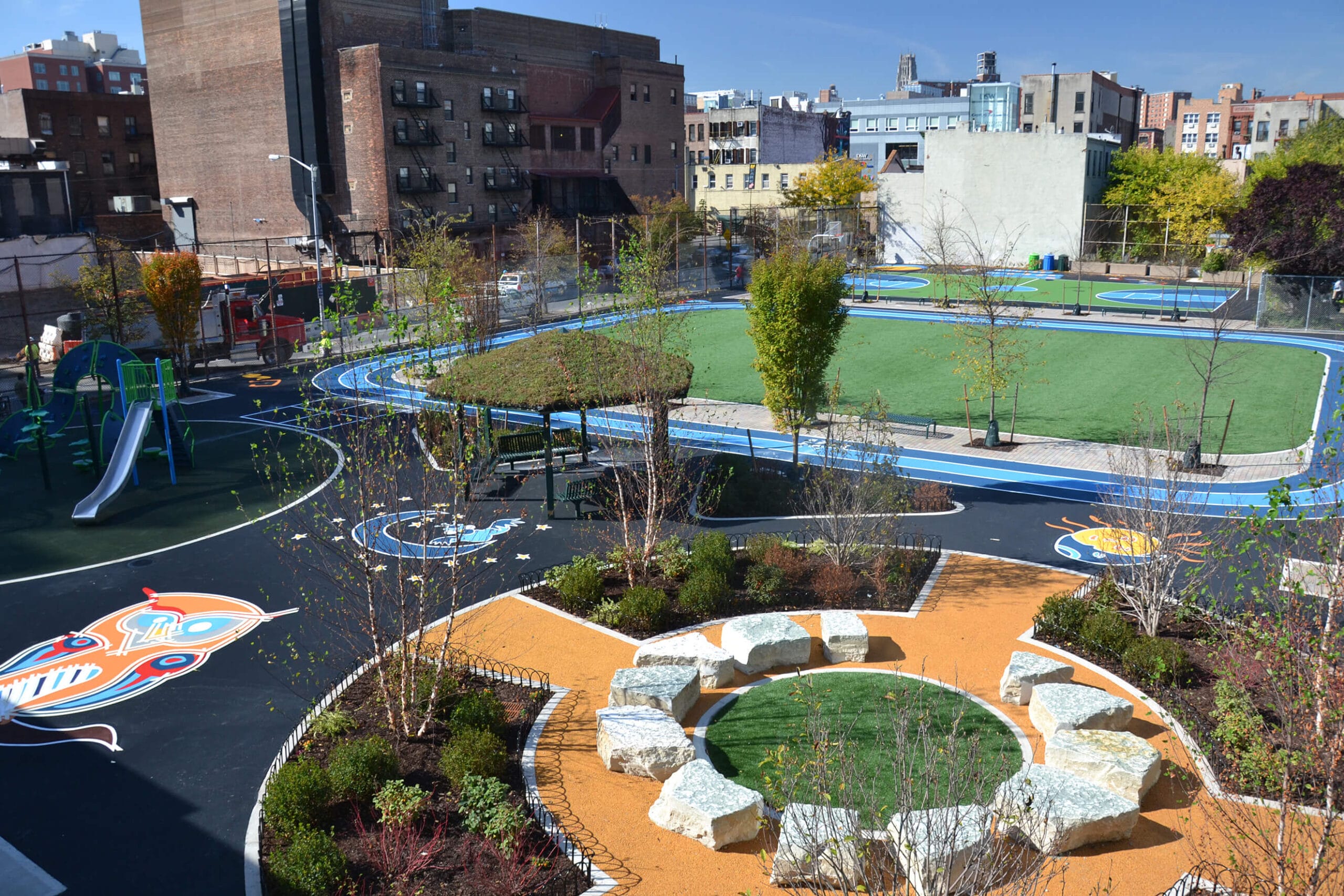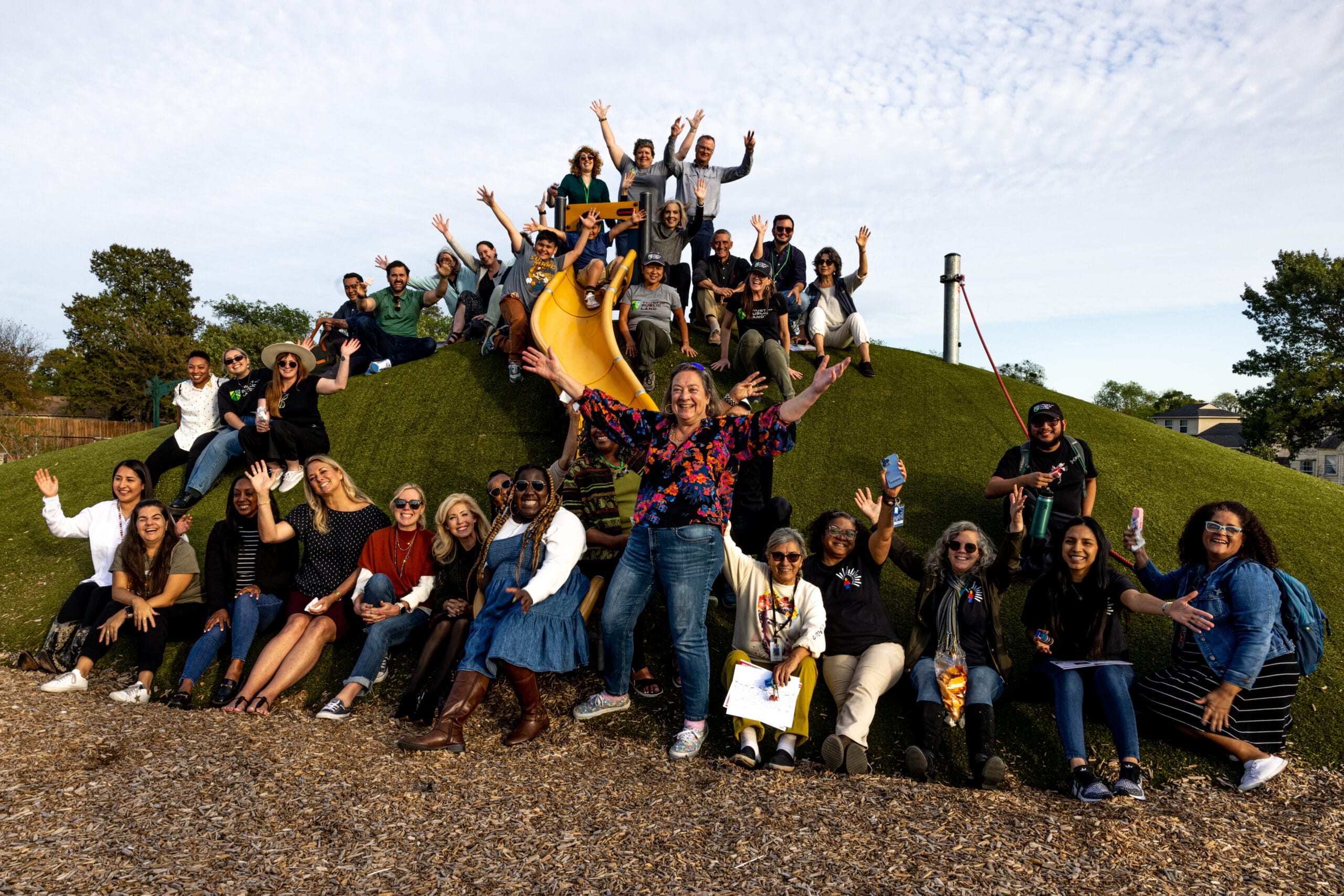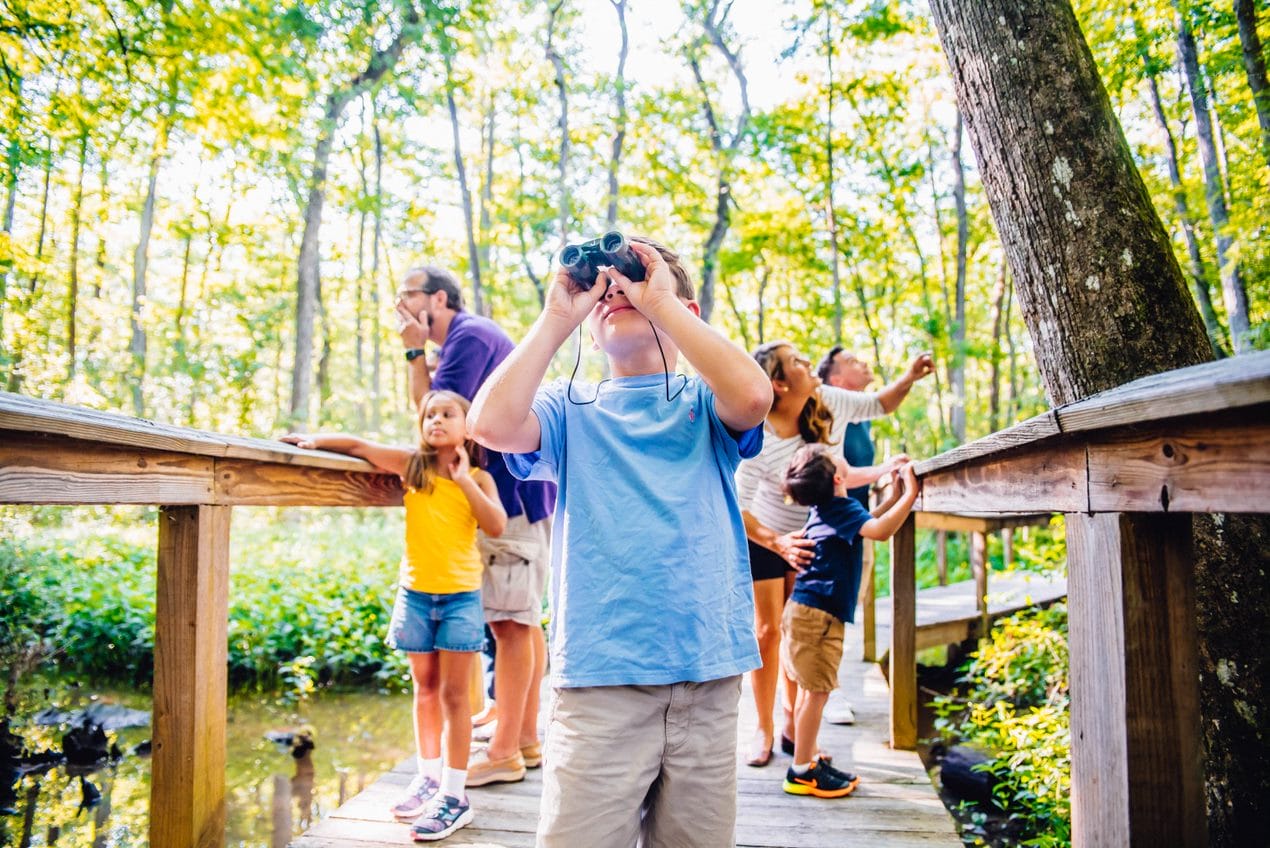
Five Things We Learned about National Parks during the Government Shutdown
Five Things We Learned about National Parks during the Government Shutdown
This article originally appeared in High Country News.
Last week, the President signed a deal to fund the government through September, meaning the threat of another shutdown has ended … for now. Hundreds of thousands of federal workers are breathing a sigh of relief—including 16,000 National Park Service employees, most of whom were told to stay home while the parks remained open, but understaffed, during the longest shutdown in U.S. history.
The shutdown dealt a big blow to national parks and the people and communities whose livelihoods depend on them. But the outcry over the damage done—and the work of countless volunteers who stepped in to help while the government was shuttered—also sends a clear message to elected officials: our national parks really matter.
Along with a big mess to clean up on public lands across the country, the 35-day shutdown leaves behind some important takeaways. Here are the five lessons the shutdown taught us about our national parks.
#1: Caring for national parks is a perpetual balancing act …
The 1916 law establishing the National Park Service tasked the agency to “conserve the scenery and the natural and historic objects and the wild life therein and to provide for the enjoyment of the same in such manner and by such means as will leave them unimpaired for the enjoyment of future generations.” In other words? The agency must protect parks forever, and make them accessible to visitors—two sometimes-conflicting goals that demand constant push and pull to carry through on.
That’s where the rules, infrastructure, and staff that oversee our parks come in. Yosemite Valley is famous because of its soaring cliffs and plunging waterfalls … but it’s loved by so many people because there’s a two-lane highway that runs right into the heart of it, not to mention bathrooms and helpful maps waiting for you when you arrive. You don’t have to buy a bunch of pricey gear or be able-bodied enough to hike up and over a mountain pass to experience Yosemite. You can come as you are.
#2: … and when the government is closed, parks lose their balance.
During the shutdown, most of the professionals who help navigate the contradiction at the heart of our parks—rangers, law enforcement, biologists, janitors, historians, mechanics, trail crews, search and rescue specialists, and firefighters, to name just a few—couldn’t do their jobs. Roads went unplowed, trash cans overflowed, scientific studies lapsed, and visitors were turned away or left to fend for themselves. Reports of vandalism in places like Joshua Tree National Park show how irresponsible it was to keep the parks open while the experts who care for these places were out of work.
#3: Public lands power local economies all year long …
On an average day in January, nearly half a million people visit national parks, spending a collective $20 million in nearby towns. But during the shutdown, visits dropped in the face of uncertainty about whether parks would be accessible—and small businesses felt the pinch. “The park is vital to our economy, and there are many communities across the country in the same boat,” says Amy Hamrick, who owns a coffee shop near the entrance to Colorado’s Rocky Mountain National Park. Business was slower than usual in January, and she’s spoken to customers who came through on their way to the park, only to hit a gate over an unplowed road at the entrance (though the park remained open for walk-ins). “From a business perspective, closing the park is painful in the moment,” she says. “But the potential for long-term damage to the park we all rely on? That’s not worth it to keep the parks open while there’s no one there to take care of them.”
#4: … but money isn’t the main reason people love their national parks.
National parks are the heart and soul of so many American communities. That’s why a force of volunteers and nonprofits rose to the occasion, working to keep their parks in shape during the shutdown. State and local governments also pitched in to pay for park upkeep in some instances.
“I’ve owned a business here for nine years, but I’ve lived here for closer to twenty,” says Seth Zaharias, who runs a rock climbing guiding company near Joshua Tree National Park. “I love this park for countless reasons. I love the topography, the weather. I love the community that surrounds it.” And he showed it: as soon as he learned of the shutdown, Zaharias joined a force of volunteers that eventually numbered over 400. They kept restrooms stocked, trash bins empty, and even solicited donations to a nonprofit that supports the park, in lieu of the normal entrance fees.
#5: The government is re-opened, but the cleanup is just beginning.
Recent events in national parks are just one window into the destabilizing effects of government-by-shutdown, a destructive tactic that threatens the healthy, prosperous, and safe society our public officials exist to serve. It’s a relief that—for now—the shutdown is over and the parks are fully staffed. But the Trump administration’s decision to keep public lands open during the shutdown, without staff to protect them, was shortsighted—and it should never happen again.
The federal government has a responsibility to care for our public lands for future generations … and countless people rely on our parks being open, accessible, and well cared for today. So we’re calling on an immediate assessment of the shutdown’s damages to the parks, and asking Congress to provide funding to cover the costs of cleanup and repair. If you agree, contact your representative and tell them our public lands are too precious to shortchange.
One-third of Americans, including 28 million children, lack safe, easy access to a park within a 10-minute walk of home. Urge your senators to allocate funding to create parks and enhance outdoor recreational opportunities by championing the Outdoors for All Act today!


Donate to become a member, and you’ll receive a subscription to Land&People magazine, our biannual publication featuring exclusive, inspiring stories about our work connecting everyone to the outdoors.
See how our supporters are helping us connect people to the outdoors across the country.











